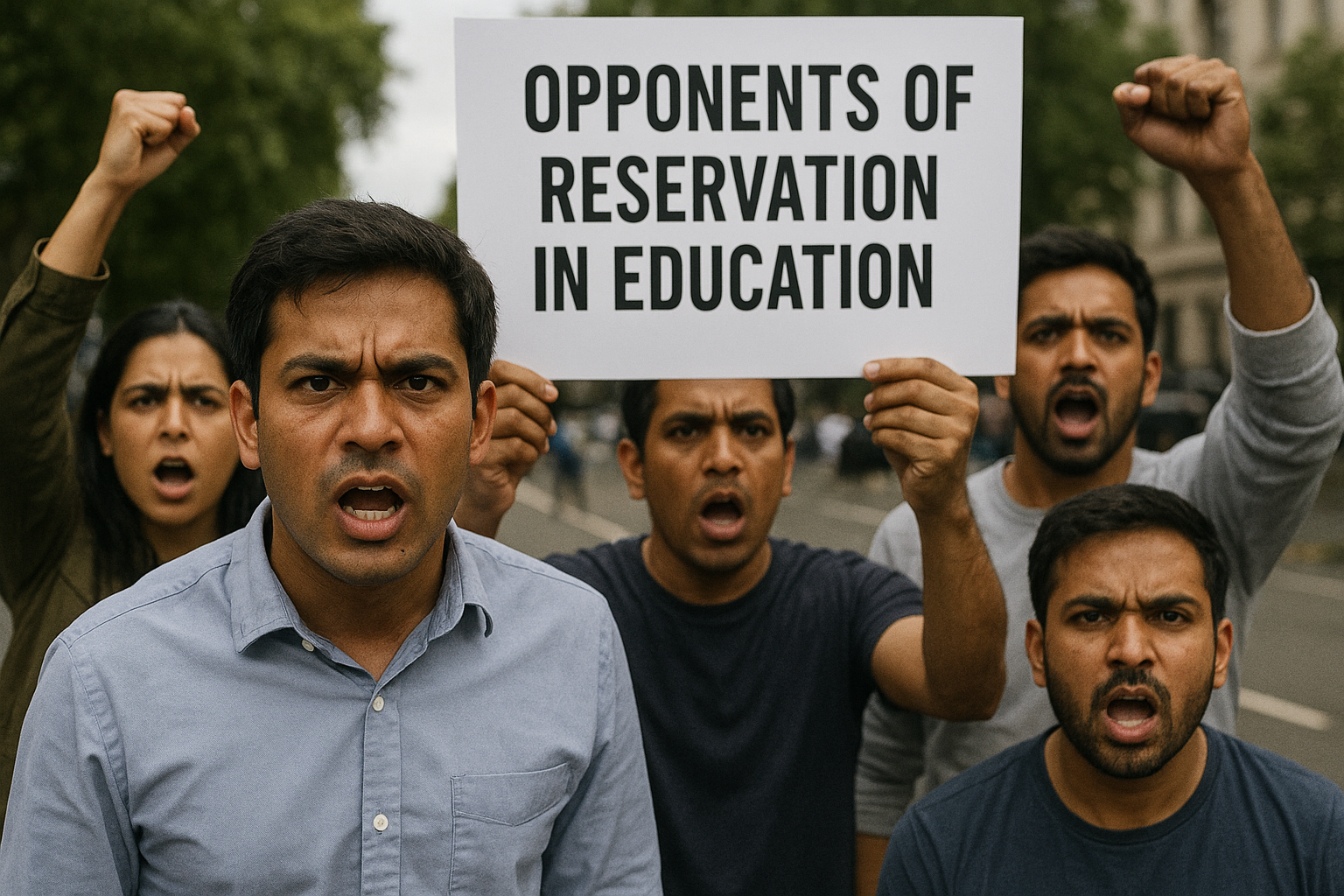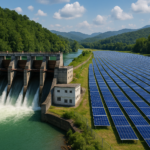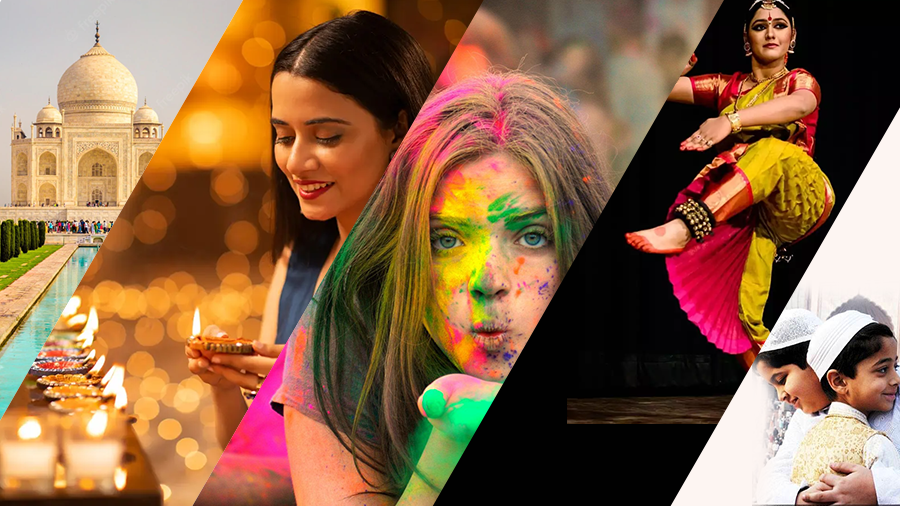
Voices of Dissent: What Opponents of Reservation in Education Are Saying
Unpacking the criticisms and debates surrounding India’s reservation system in education.
Key Metrics: India’s Reservation Policy
- Reservation Quotas in Higher Education:
- Scheduled Castes (SC): 15%
- Scheduled Tribes (ST): 7.5%
- Other Backward Classes (OBC): 27%
- Economically Weaker Sections (EWS): 10%
- Institutions Covered: IITs, NITs, IIMs, central universities, and other government-funded colleges.
- Impact: Reserved category admissions account for over 50% of seats in public institutions.
(Source: Ministry of Education, All India Survey on Higher Education 2022)
Introduction
India’s reservation system in education has been both lauded for advancing social equity and criticized for its impact on meritocracy. While it seeks to uplift marginalized communities, opponents argue it has created new forms of inequality and undermines academic standards. This article examines the key arguments raised by critics of reservation in education, offering a balanced perspective on the ongoing debate.
The Core Arguments of Reservation Critics
1. Dilution of Meritocracy
One of the most prominent criticisms is that reservation policies prioritize caste over merit, allegedly lowering academic standards.
- Key Concerns:
- Critics argue that admitting candidates with lower scores in competitive exams compromises the quality of education.
- They claim this affects the global ranking and competitiveness of Indian institutions like IITs and IIMs.
- Counterpoint:
- Proponents argue that historical disadvantages often mask the true potential of marginalized candidates.
(Source: Indian Institute of Technology Reports)
2. Perpetuation of Caste Identities
Opponents claim that caste-based reservations reinforce caste divisions rather than eliminating them.
- Critics’ Viewpoint:
- Reservation policies institutionalize caste as a primary identity, creating a dependency mindset.
- Proponents’ Response:
- Affirmative action is seen as a temporary but necessary tool to dismantle systemic inequalities.
(Source: PRS Legislative Research)
3. Economic Disparities Within Reserved Categories
Another point of contention is the lack of differentiation within reserved categories based on economic status.
- Key Issue:
- The benefits of reservation often accrue to relatively affluent individuals within marginalized groups, leaving poorer sections behind.
- Proposed Reforms:
- Many critics suggest revisiting the criteria for reservation to include economic factors alongside caste.
(Source: National Commission for Backward Classes Reports)
4. Exclusion of Economically Disadvantaged General Category Students
Critics argue that reservation policies overlook economically disadvantaged individuals from non-reserved categories.
- Recent Developments:
- The introduction of the 10% EWS quota for economically weaker sections in the general category aims to address this gap.
(Source: 103rd Constitutional Amendment Act)
Social and Political Dimensions of Dissent
1. Political Exploitation of Reservation
Many critics view reservation policies as a political tool used to consolidate vote banks rather than genuinely uplift marginalized groups.
- Critics’ Concern:
- Frequent expansion of quotas without robust data or impact assessment undermines the credibility of the system.
(Source: Election Commission of India Reports)
2. Uneven Implementation Across Regions
Reservation policies are implemented differently across states, leading to disparities in educational access and outcomes.
- Example:
- States like Tamil Nadu reserve up to 69% of seats, sparking debates about over-representation.
(Source: State Education Reports)
Global Comparisons: How Others Address Affirmative Action
Countries like the United States, Brazil, and South Africa implement affirmative action based on race, ethnicity, or income.
- Key Takeaways:
- These systems often combine socioeconomic criteria with targeted support programs to address inequities.
- Periodic reviews and data-driven reforms are integral to maintaining effectiveness.
(Source: World Bank Reports on Education Equity)
Reforms Proposed by Critics
1. Shifting Focus to Economic Criteria
Critics advocate for transitioning from caste-based to income-based reservation to address economic inequalities across all communities.
2. Investing in Primary Education
Strengthening early education for marginalized communities can reduce the need for extensive reservations at higher levels.
- Initiative: Programs like Samagra Shiksha Abhiyan aim to address this gap but require more targeted implementation.
(Source: Ministry of Education)
3. Periodic Review and Sunset Clauses
Opponents call for regular assessments of reservation policies and sunset clauses to phase out affirmative action as inequalities reduce.
(Source: PRS Legislative Research)
What Are the Critics Missing?
While dissenters raise valid concerns, they often overlook systemic inequalities that persist despite decades of reservation.
- Perspective:
- Meritocracy in a society with unequal starting points often favors the privileged, reinforcing existing disparities.
- Reservation, while imperfect, remains a vital tool for leveling the playing field.
Expert Opinions
- Policy Analyst’s View:
- “The real challenge lies not in reservation itself but in its implementation. Targeted reforms can make it more equitable and effective.”
- Sociologist’s Insight:
- “Affirmative action is a balancing act. Without it, the promise of equality in a stratified society remains unfulfilled.”
(Source: Centre for Policy Research)
Conclusion: A Roadmap for Dialogue
The reservation debate reflects the complex interplay of equity, meritocracy, and social justice in India’s education system. While dissenting voices highlight areas for reform, the need for affirmative action remains undeniable in a society marked by deep-rooted inequalities. Balancing these dynamics will require nuanced policymaking, regular reviews, and a commitment to creating an inclusive education system that fosters opportunity for all.


